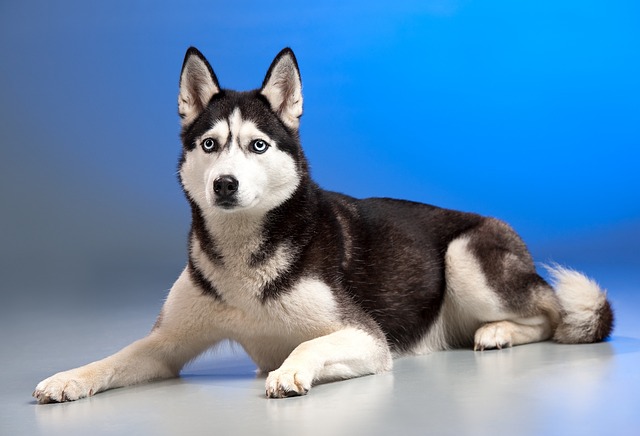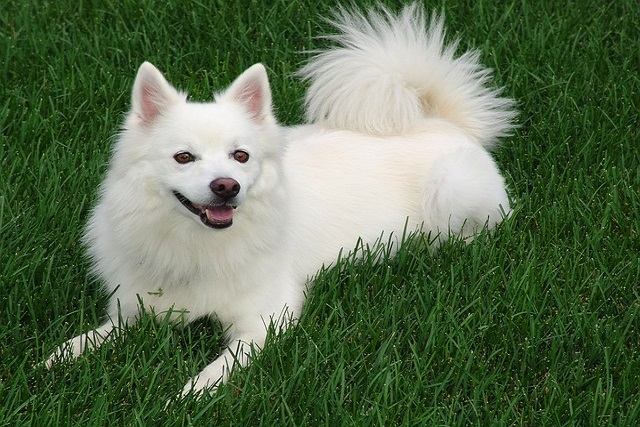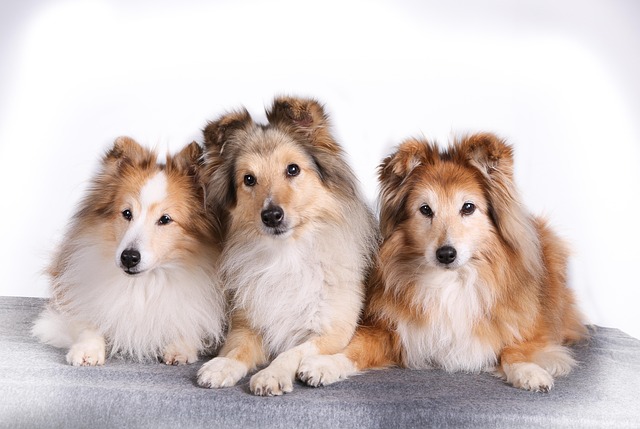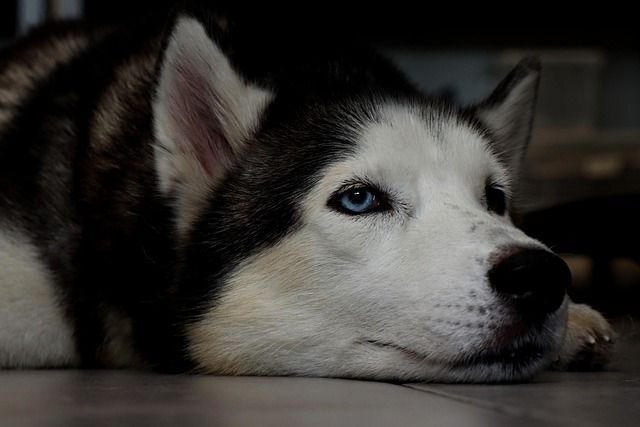
Can a dog ear infection go away on its own?
You’re in the backyard, watching your pup chase a squirrel, when you notice they keep scratching their ear and shaking their head.
You’re in the middle of giving your dog a bath, reach for your shampoo, and pause: Is this safe to use on them? The short answer is almost none—human shampoo is formulated for our skin, not a dog’s, and using it can cause irritation, dryness, or even more serious issues. For new U.S. dog owners, especially those in apartments where last-minute baths happen, knowing why human shampoo is a bad idea (and what to use instead) keeps your pup’s skin healthy and bath time stress-free.
The key issue is pH balance. Human skin has a slightly acidic pH (4.5–5.5) to fight bacteria, while dog skin is more alkaline (6.2–7.4 for adults, even higher for puppies). Human shampoo disrupts a dog’s natural pH, stripping away the oils that protect their skin and coat. This leads to dryness, itching, flaking, and even opens the door to infections. My cousin learned this the hard way: She used her lavender shampoo on her 2-year-old Beagle, Charlie, and he spent the next week scratching until his skin was red. The vet confirmed it was a reaction to the shampoo’s pH and fragrance. Most human shampoos also contain harsh detergents, artificial fragrances, or sulfates that are too strong for a dog’s sensitive skin—even “gentle” baby shampoos, while milder, still don’t match a dog’s pH.

If you’re in a total pinch (e.g., your dog rolled in something gross and you have no dog shampoo), the only human product that’s somewhat safer is an unscented, hypoallergenic baby shampoo—and even then, use it sparingly, dilute it with water, and rinse thoroughly. But this is a last resort, not a regular solution. The better option is to keep a bottle of pH-balanced dog shampoo on hand (look for formulas with oatmeal or aloe vera for extra gentleness). For apartment baths, use a non-slip mat to keep your dog secure, and keep bath time short to avoid stress. Reward them with a treat afterward to make it positive—never scold them for wiggling; patience is key.
Before taking your clean dog for a walk, confirm their rabies vaccine is up to date—required in all U.S. states—and core shots are current. Always carry poop bags: leaving messes in apartment hallways or parks isn’t just rude; cities like Chicago fine owners up to $500, and it keeps shared spaces clean.
In short, skip the human shampoo. Investing in a dog-specific formula is cheap, easy, and protects your pup’s skin from unnecessary discomfort.

You’re in the backyard, watching your pup chase a squirrel, when you notice they keep scratching their ear and shaking their head.

Finding your senior dog pacing the floor, whining, or getting up and down repeatedly at 3 a.m. is stressful—for both of you. When restlessness strikes suddenly

You’re staring at your new dog cooling mat on a sweltering summer day, wondering if popping it in the fridge will make it extra cool for your panting pup.

Many dog owners notice their pups having loose stools and immediately check their food, but they often overlook a hidden culprit: dental issues.

You’ve noticed your pup panting nonstop on hot summer days, sprawling on the bathroom tile to cool down—and you’re wondering if those dog cooling mats

Watching your loyal senior dog slow down as the years pass is hard—but knowing whether they’re just aging or silently in pain can be even harder.